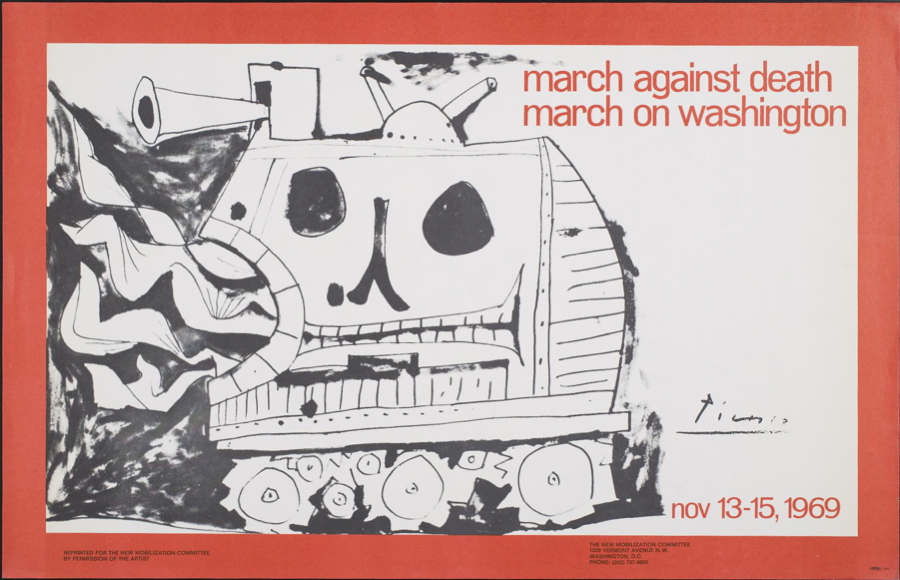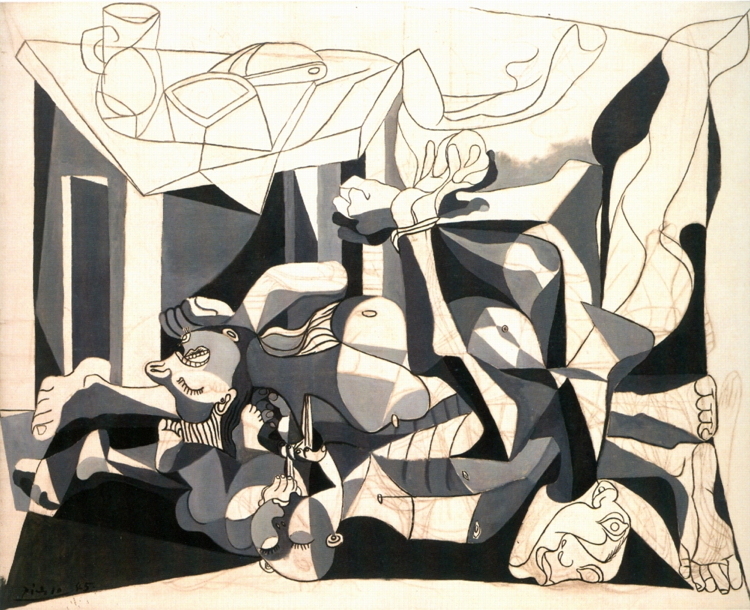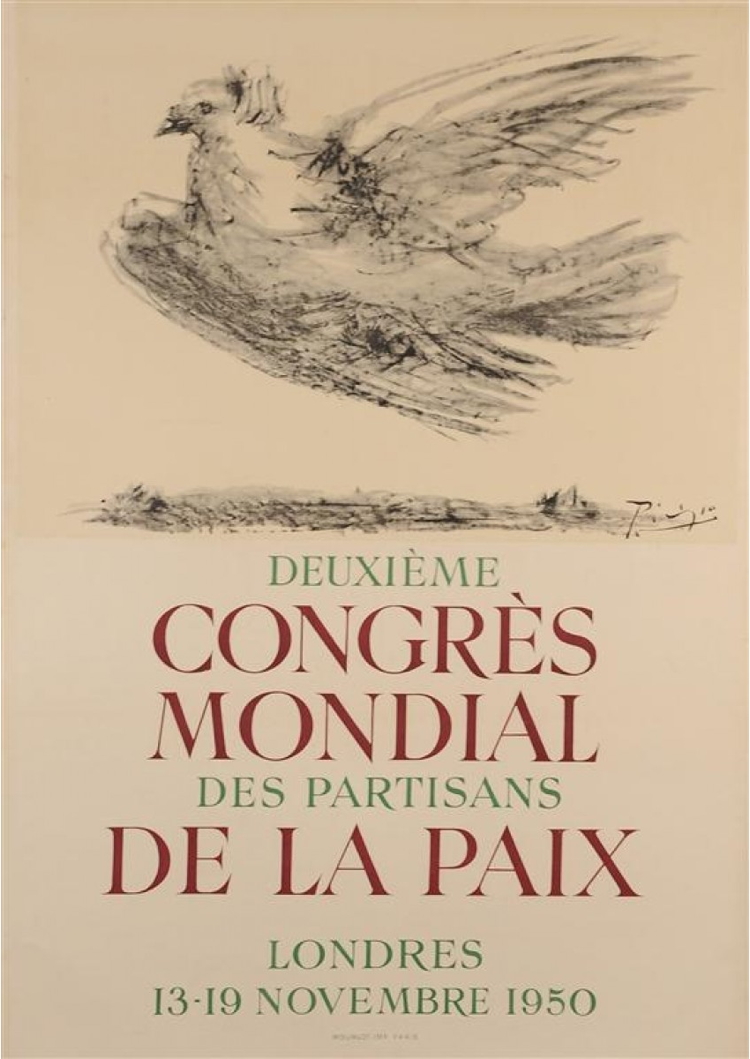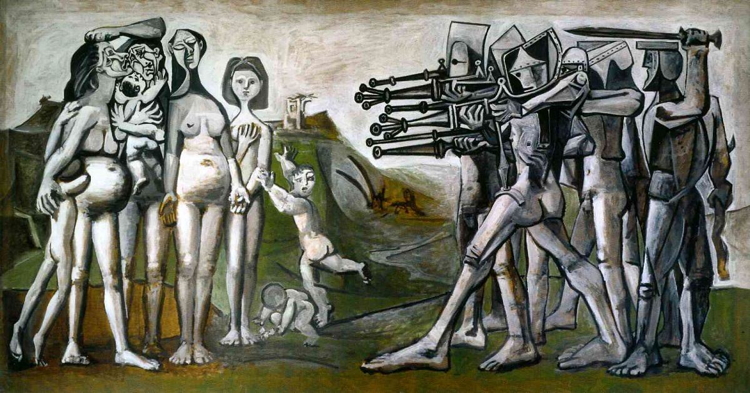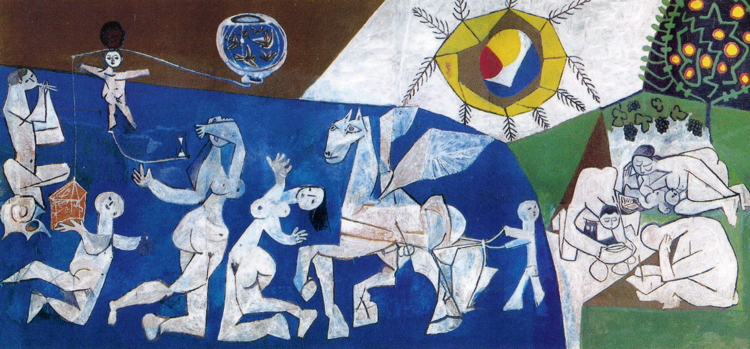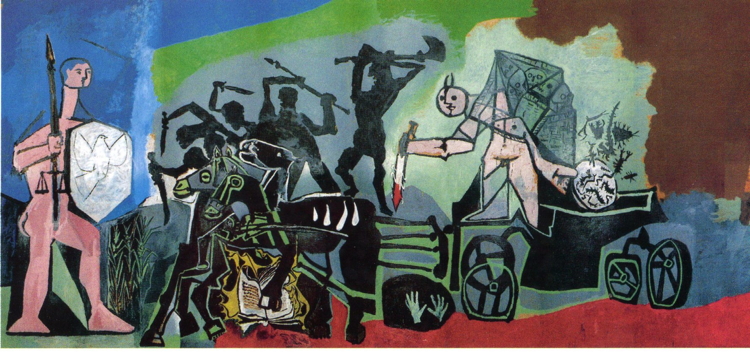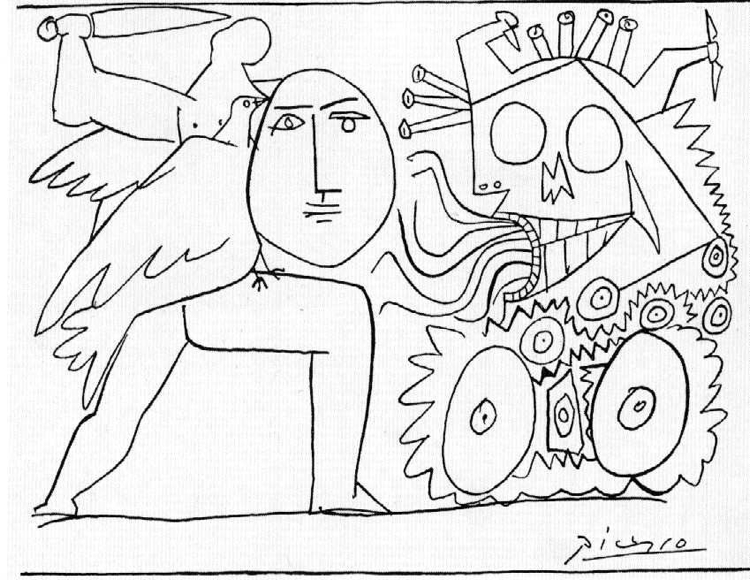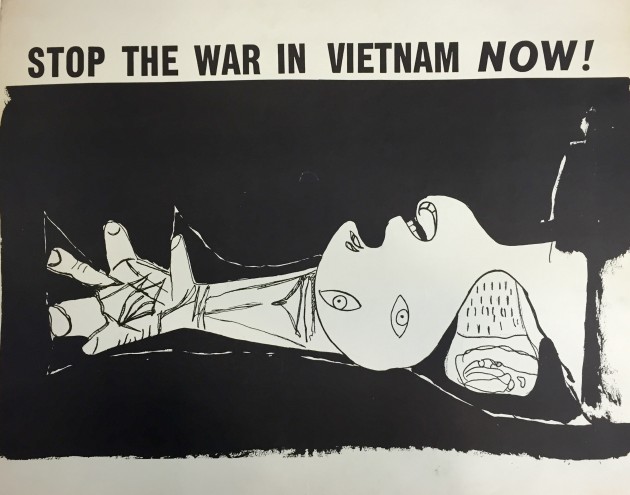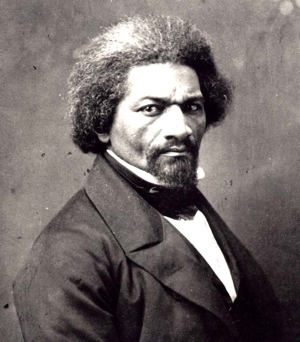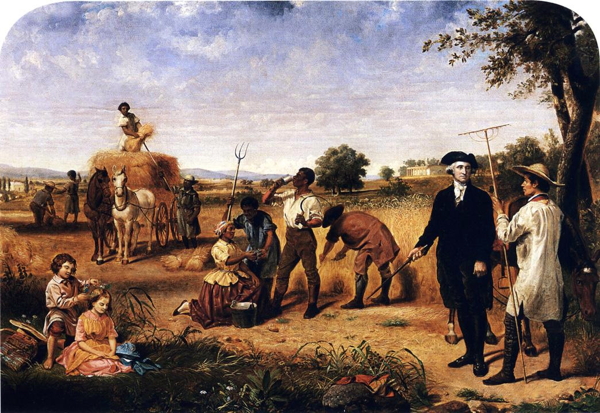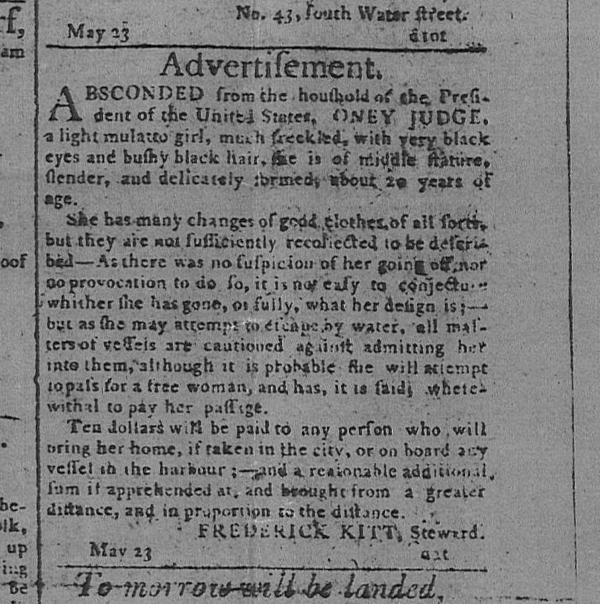Being a mischievous sort of chap, when I first came across the name Hearn gave his book I immediately thought it must have been a scientific study of Walt Disney’s cartoon character “Pluto the Pup”.


The connection between Pluto and wealth or money was rather tenuous until I came across this image of Disney play money with Pluto on the $1,000,000 bill:

Being a timorous creature, Pluto never was able to stand up for himself when the predatory bull-dog attempted to steal his food (i.e. his “wealth”):

In the historical context when Disney, Mickey, and Pluto were made and were very popular, the 1930s and 1940s, one could interpret the heavily dog-collared “Butch” as a fascist or communist tyrant preying upon the docile dogs of the neighbourhood.
By own preference in cartoon characters is not the saccharine, obedient and conformist Mickey Mouse, Mini Mouse, and their pet dog Pluto; but rather the anarchistic, disrespectful, Brooklyn accented, and uncontrollable Bugs Bunny:

Whose face adorns a much more modest $1 dollar bill:
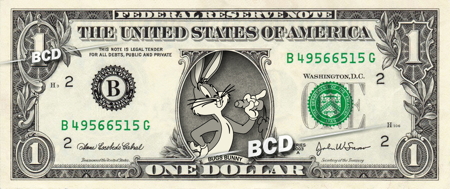
When faced with a tyrant, Bugs preferred to undermine the system from within (as in “Gremlins in the Kremlin”) or outright mockery )of Nazis like Herman Goering):
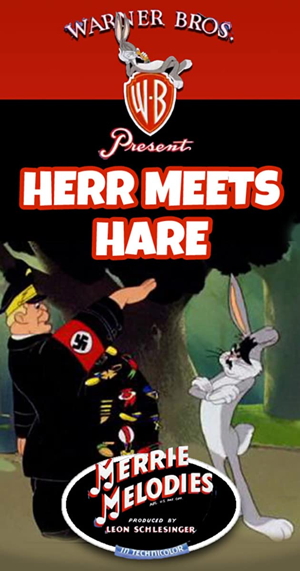
Or, when he turns into a “Rebel Rabbit” (1949):1

who takes on the entire government when he finds out that some bureaucrat in Washington D.C. – the “Game Commissioner” – thought that rabbits were so harmless that the bounty placed on their capture or killing by hunters was a paltry 2 cents (whereas foxes had a bounty of $50). Bugs considers this to be an act of “discrimination.” and decides to confront the Commissioner. Bugs is put in his place by the abusive government bureaucrat:
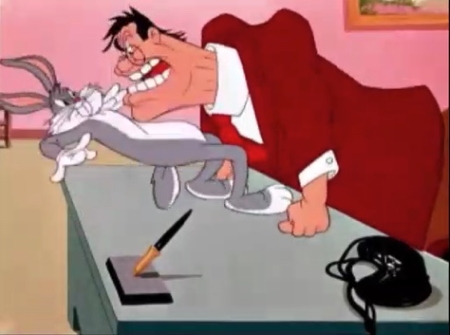
so he decides to go on a rampage of protest and resistance, by beating a government guard with his own truncheon:

defacing the Washington Monument by painting it like a barber pole;

and selling the island of Manhattan back to the Indians:

The result is that a new bounty of $1 million is placed on his head:

and the entire U.S. military is mobilised to capture him:

It takes the entire “War Department” to capture Bugs and incarcerate him in Alcatraz Prison, from which he will no doubt escape by tunneling out as he always does:


